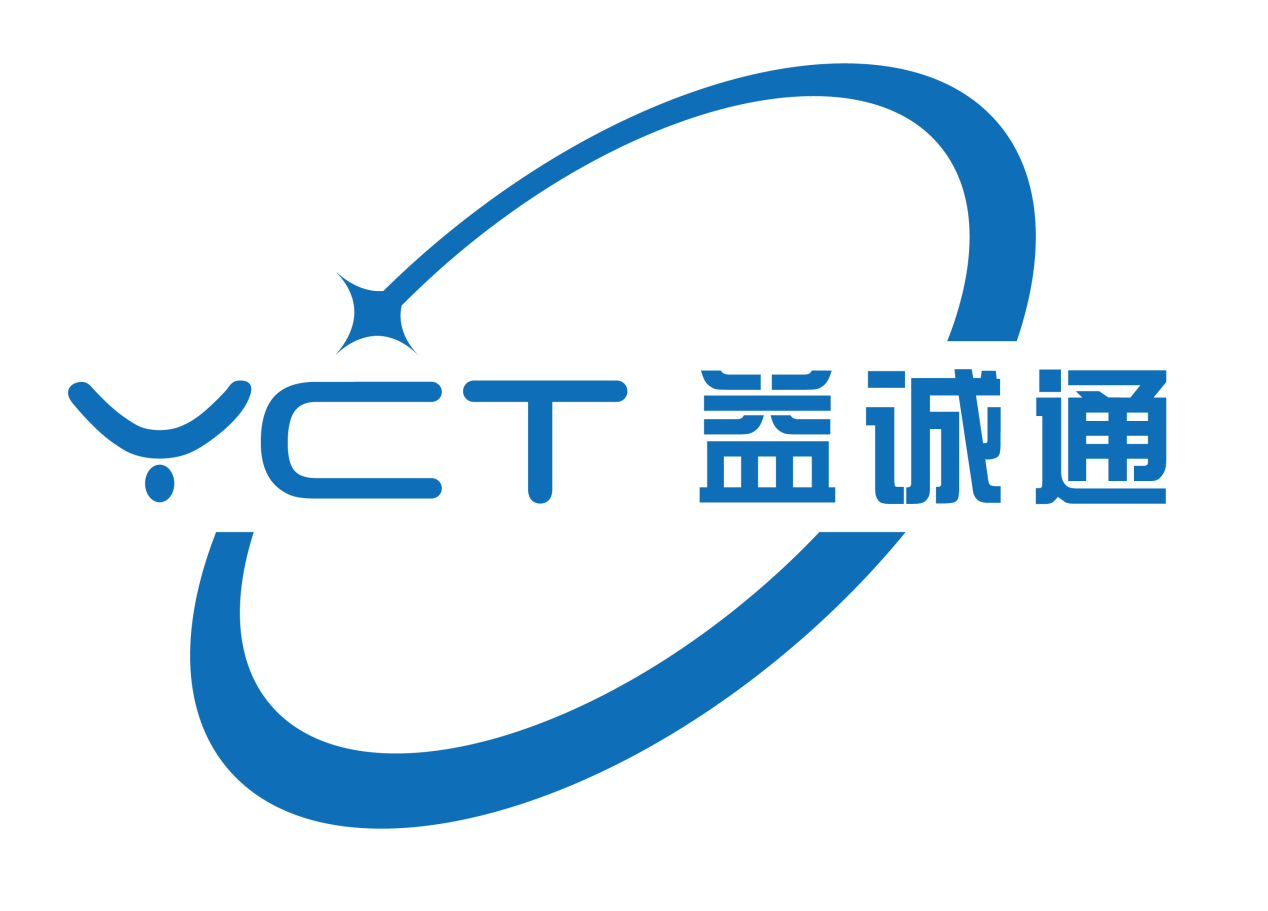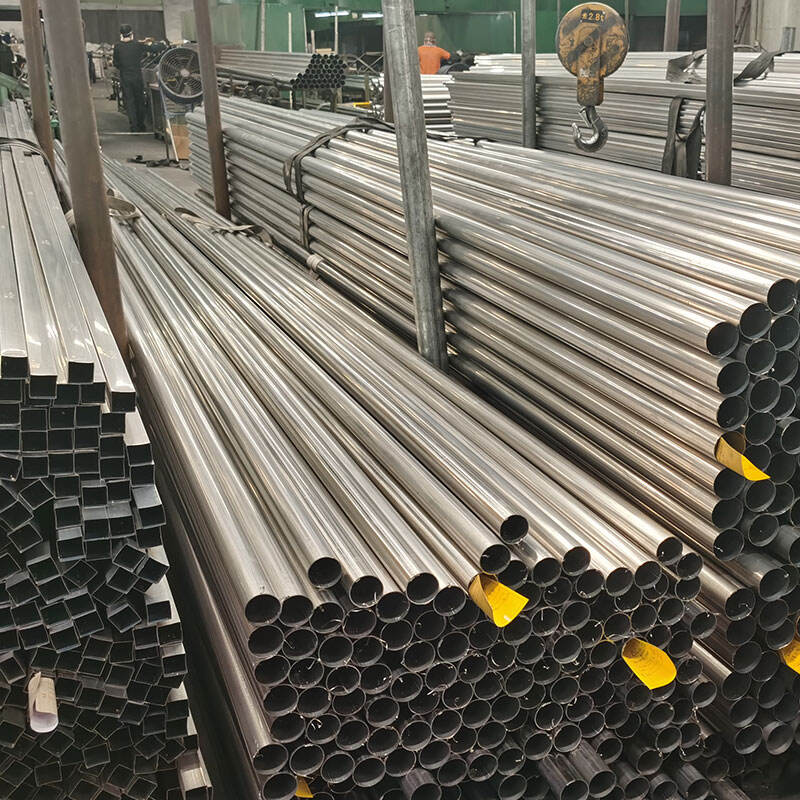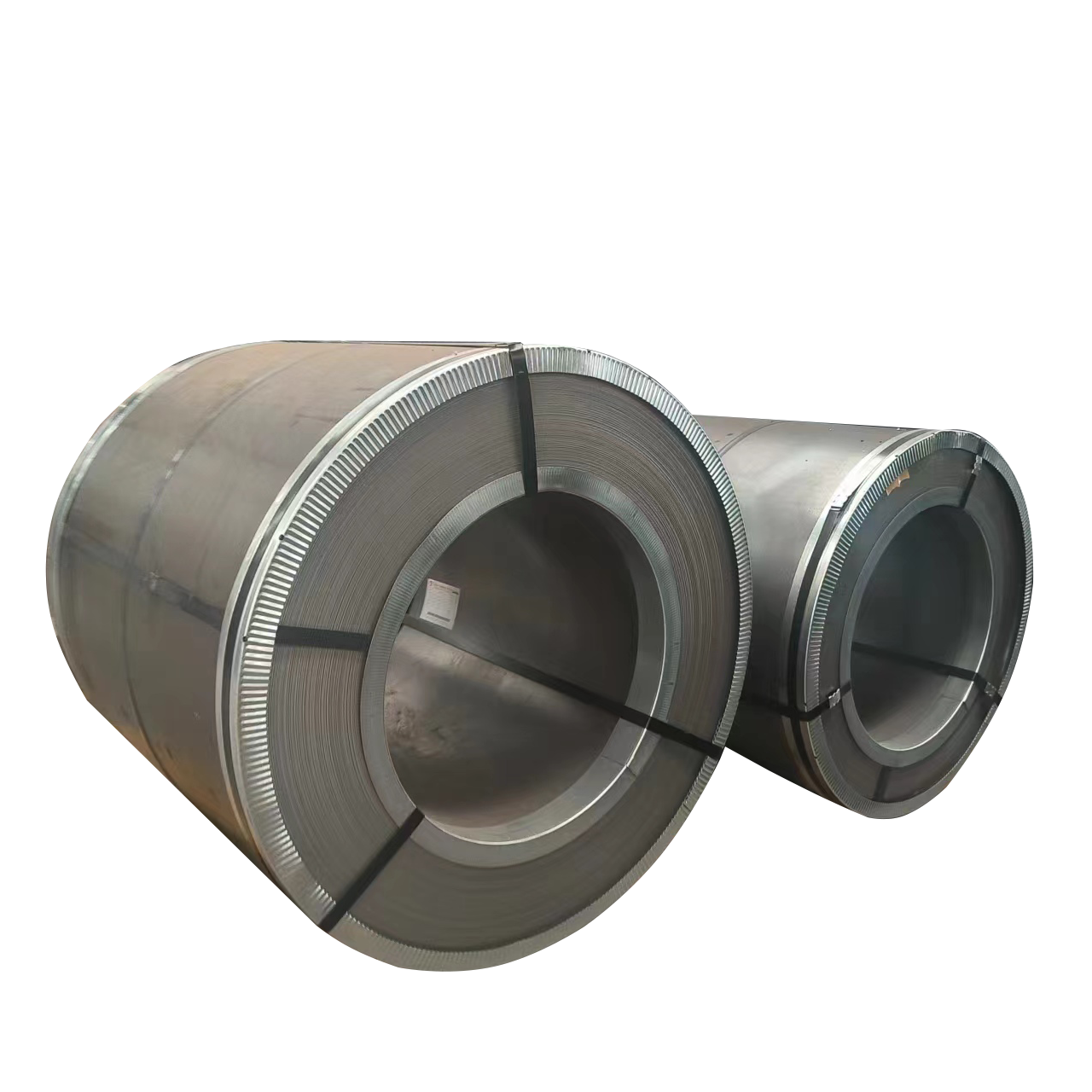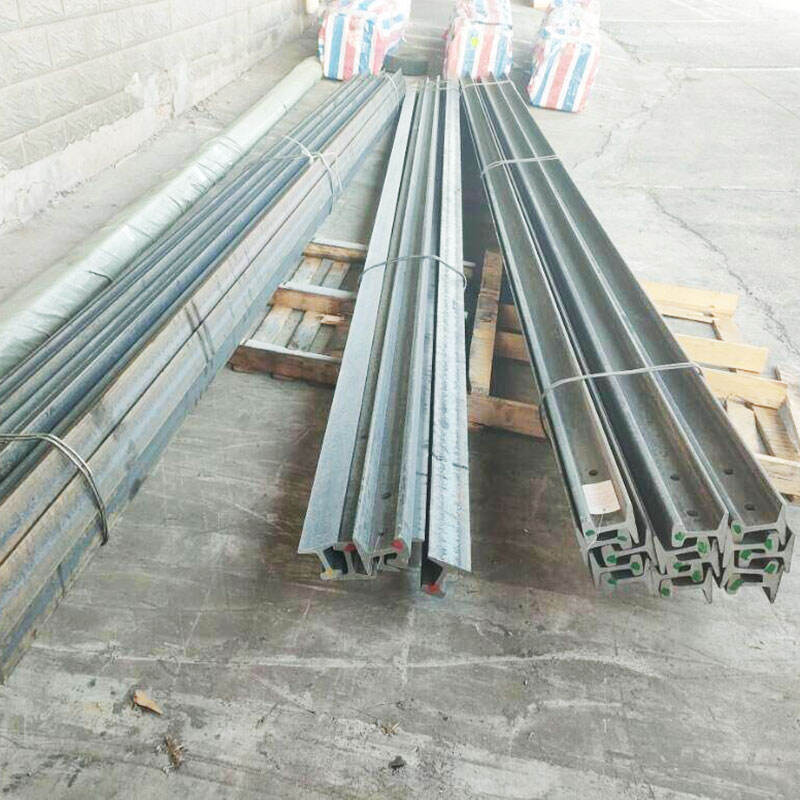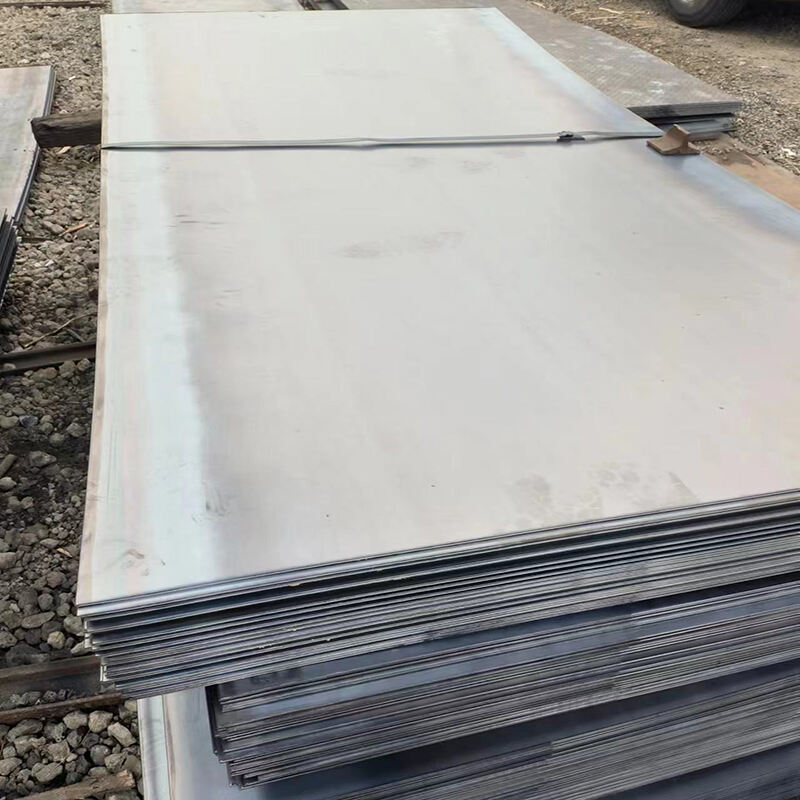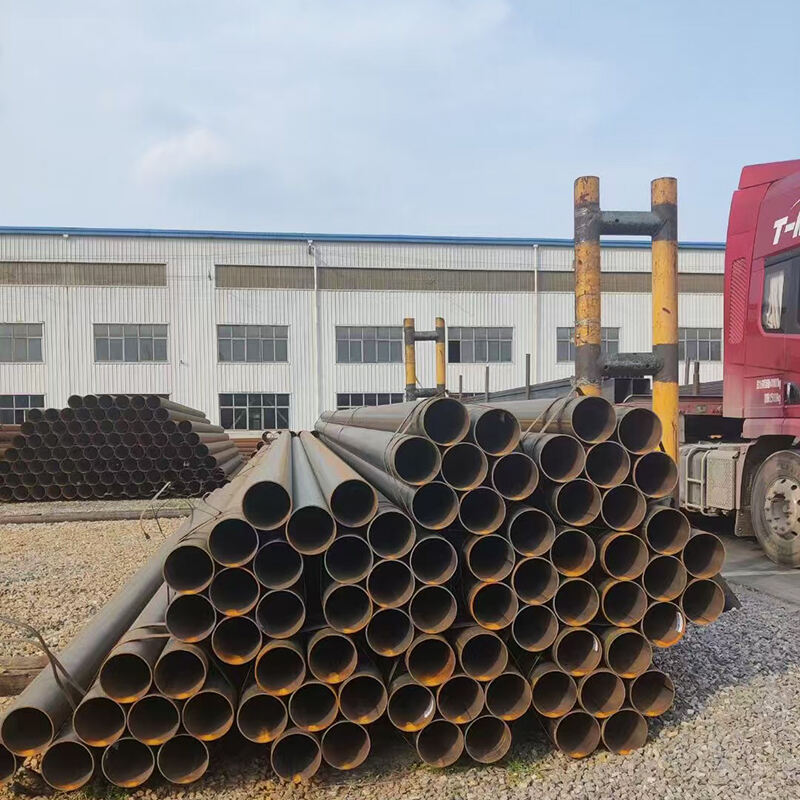strukturele staalhoek
Struktuurstaalhoek is 'n veelsydige boumateriaal wat gekenmerk word deur sy L-vormige dwarssnit, gevorm deur twee loodregte bene wat by 'n 90-grade hoek ontmoet. Hierdie fundamentele boukomponent speel 'n belangrike rol in moderne konstruksie- en ingenieursprojekte. Vervaardig deur middel van warmwalsprosesse, bied struktuurstaalhoek uitstekende sterkte-tot-gewigverhoudings en betroubare werking oor 'n verskeidenheid toepassings. Hierdie hoeke is beskikbaar in verskeie groottes en diktes, wat verskillende dra-vermoeë vereistes en strukturele behoeftes akkommodeer. Die materiaalsamestelling sluit gewoonlik hoë-gradestal legerings in, wat duursaamheid en weerstand teen omgewingsfaktore verseker. Struktuurstaalhoek dien verskeie funksies in die konstruksie, vanaf ondersteuning in gebouraamwerke tot versterking van verbindings tussen strukturele elemente. Dit werk uitstekend in beide vertikale en horisontale toepassings, wat dit onmisbaar maak in geboukolomme, stutte en ondersteuningstelsels. Hul gestandaardiseerde vervaardiging verseker bestendige gehalte en dimensionele akkuraatheid, wat presiese installering en betroubare werking vergemaklik. Die veelsydigheid van struktuurstaalhoek strek hom ook uit tot hul verenigbaarheid met verskeie verbindingsmetodes, insluitend las, bout en nitting, wat hulle aanpasbaar maak aan verskillende konstruksiemetodes en vereistes.
